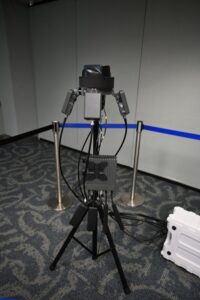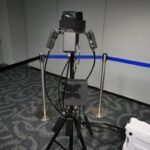
The Biden administration is proposing a major expansion of government authorities for countering drones to include state, local, tribal and territorial (SLTT) governments and certain private sector entities as the growing use of small unmanned aircraft systems include increasingly nefarious purposes. The Domestic Counter-Unmanned Aircraft Systems National Action Plan is a “whole-of-government” plan and would expand the tools and limited authorities used by the Departments of Homeland Security, Justice, Defense, State, and the CIA and NASA to currently counter, and…

 By
By 











